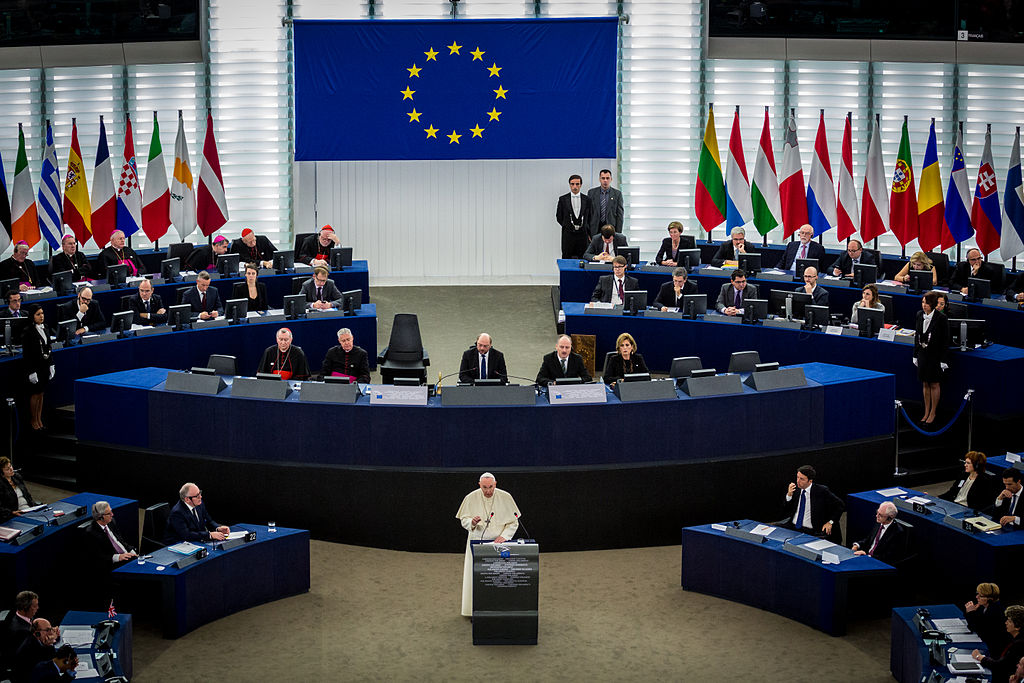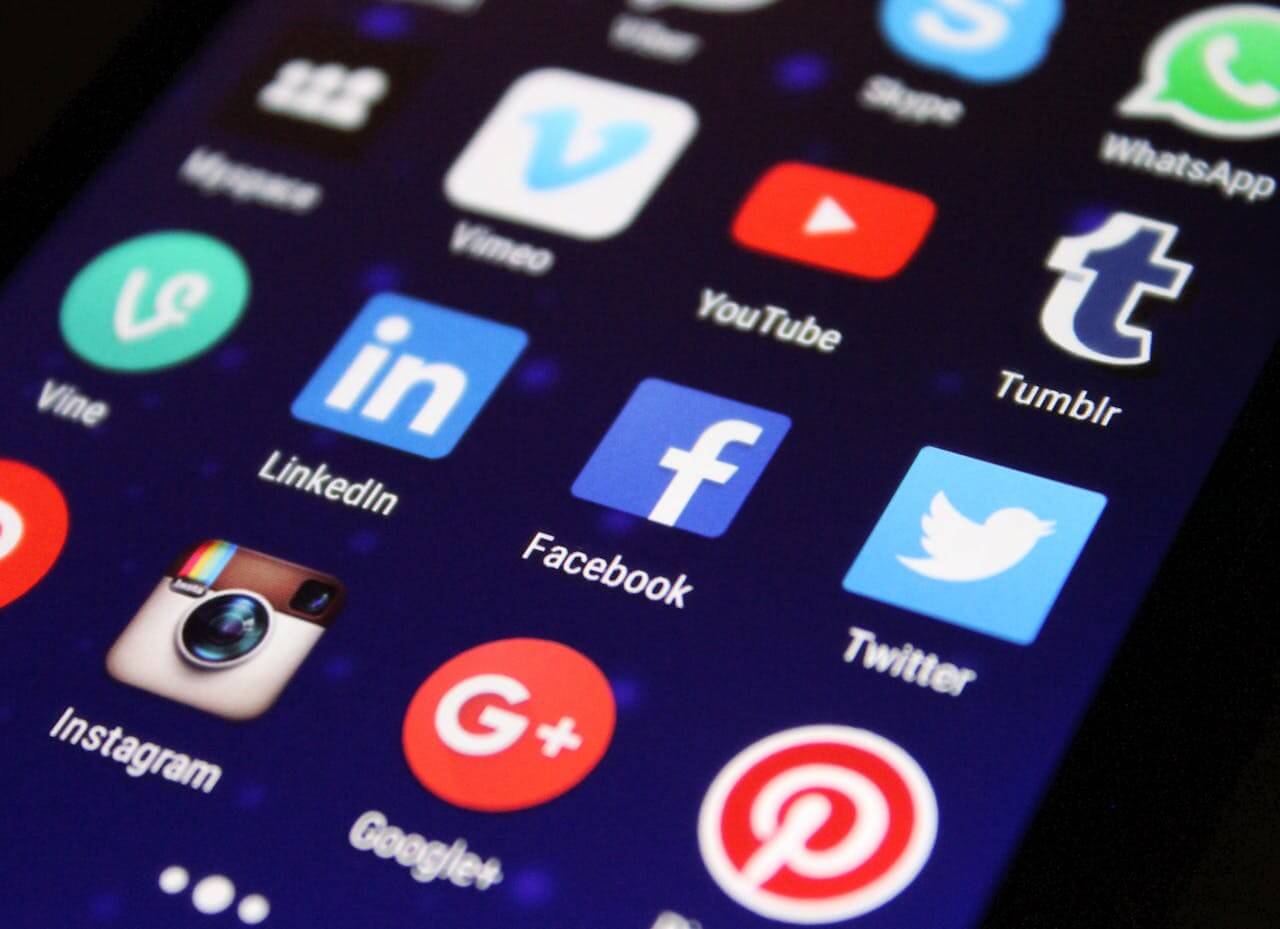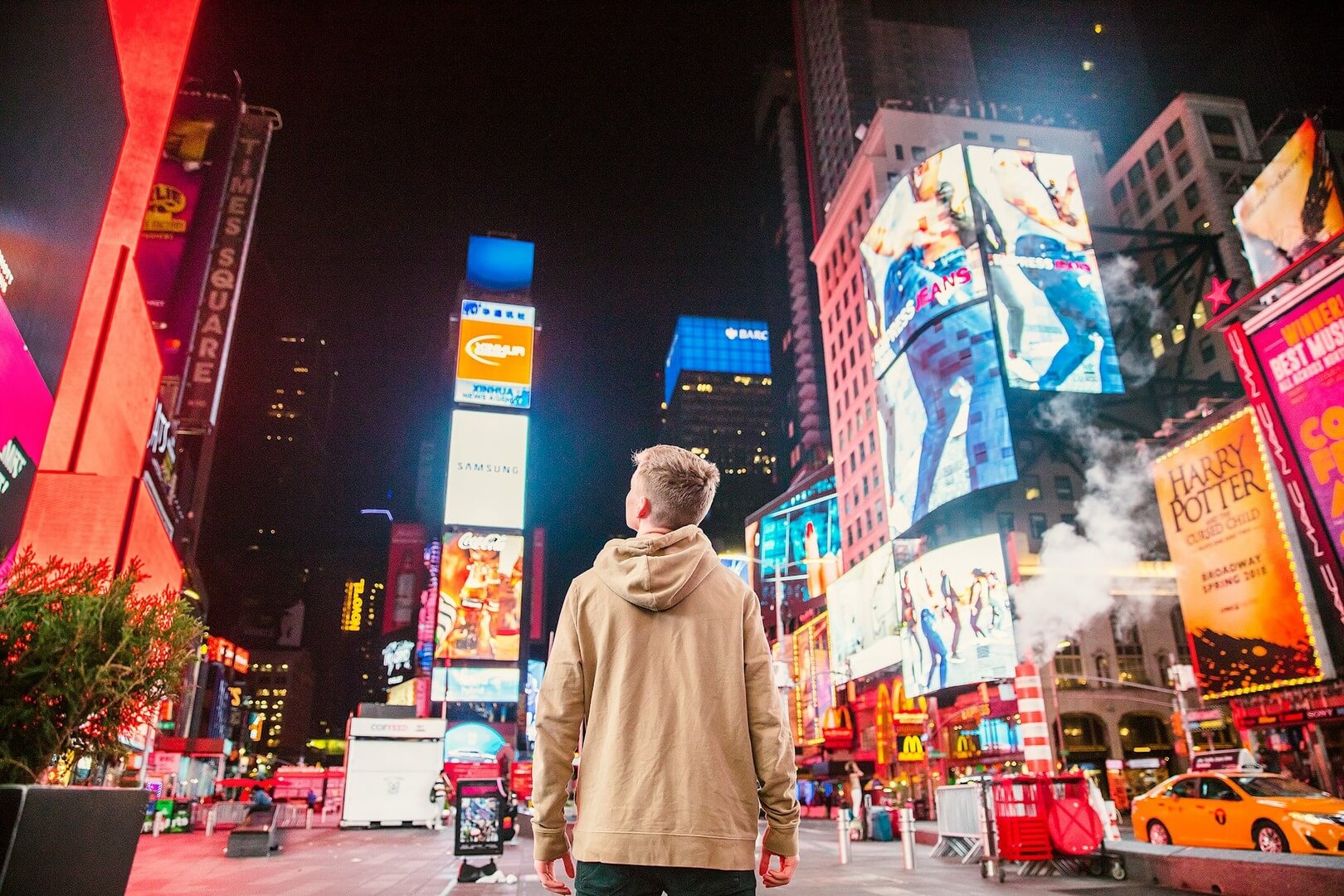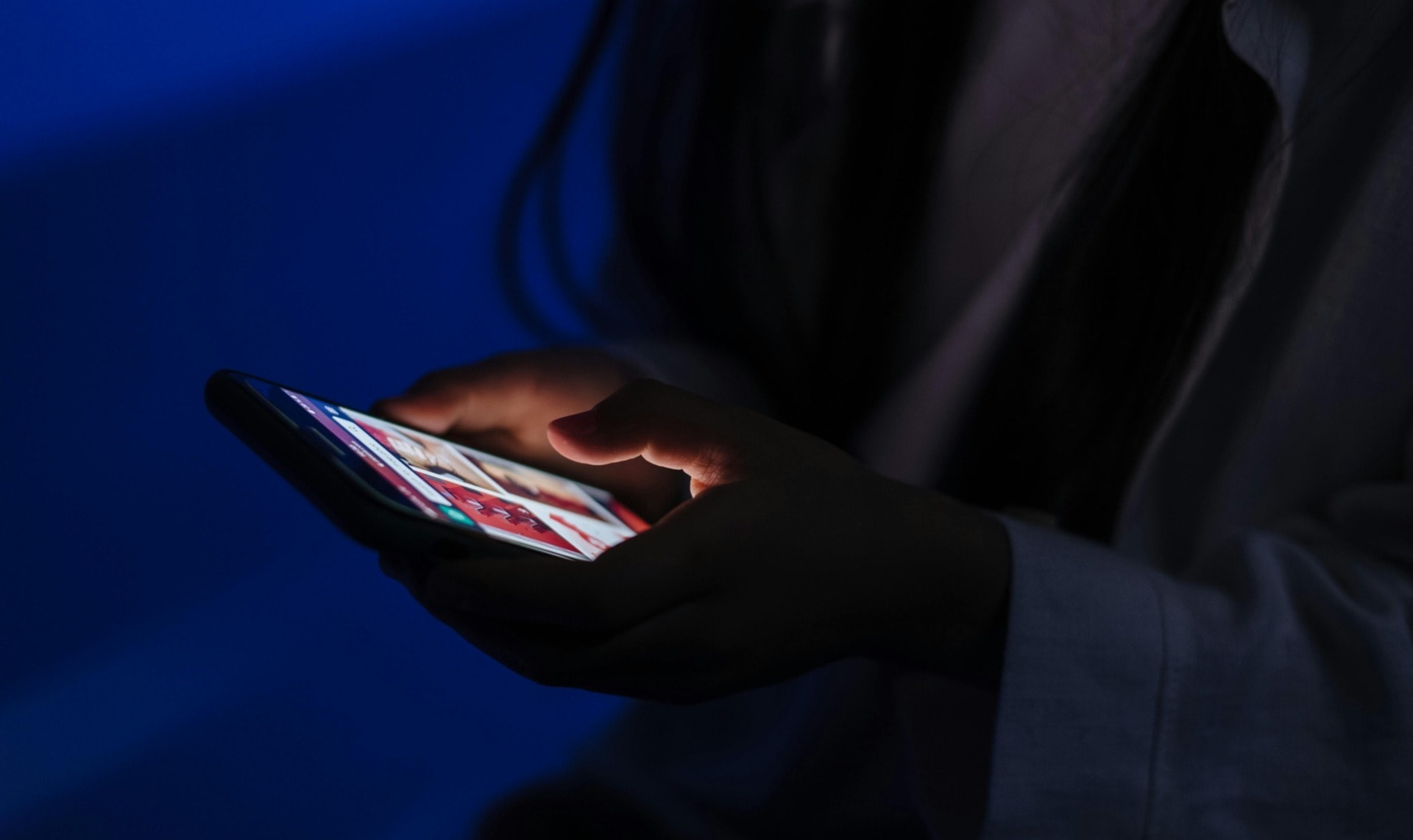For most of us, light is just a convenient tool that we use to help us get things done. By allowing us to see what we are doing at all times of the day, artificial light enables us to perform almost any activity at almost any hour. But what if we’re using the wrong type of artificial light? What if the way in which we use that light matters? And what if light can be used to benefit our health? SVET is a new, forward-thinking lighting company that strives to deliver the next generation of human-centric and environmentally conscious light bulbs. A SVET light bulb is an LED that emits full-spectrum, flicker-free light that can also be adjusted via an app on your phone. SVET, which is derived from a Slavic word meaning light, has worked to develop a light bulb that provides scientifically-based benefits to the users’ vision, emotions, and physiology. In the interview below we get into detail about how a SVET light bulb works, why it’s different than the typical light bulb, and just how much lighting can affect our mood, productivity, and a good night’s sleep. SVET light bulbs are currently available for pre-order on the SVET website.
What compelled the company to bring SVET light bulbs into reality?
Coming from the development of simple remote-controlled LED light bulbs, we noticed that all LED bulbs that existed on the market were generally pretty mediocre. Their lighting properties were mostly the same, and the manufacturers weren’t really interested in making them health-friendly. Personal lighting was strictly utilitarian, while it could be so much more. We realized we had great potential to change the lighting industry, and it reshaped our outlook on what we do, as well as why and for whom we do it. It was a big step from standard light sources to human-centric, personalized lighting, and we’re proud we made it. We believe that lighting should be created with comfort and health in mind, not just energy efficiency.
Photo credit: SVET
In recent years, increased interest and extensive research into light and its properties brought awareness that the quality of light has a direct effect on our health.
How important is light to human health, well-being, and productivity?
Due to our human nature, any light is a signal for our body to stay awake. Overuse of artificial lighting and other lighting sources leads our bodies astray, disrupting our sleeping patterns. It all comes from blue light. Blue light suppresses melatonin—a hormone naturally produced by the body at nighttime when it is dark. It is necessary for a proper sleep, but it is also a powerful antioxidant and has many beneficial health effects. That means the more light we are exposed to as we get ready for bed, the harder it will be to fall asleep and get a good night’s rest. Any immediate shifts from bright light to darkness can also make it harder to get to sleep.
Staying energized throughout the day in an urban environment can be difficult. Certain types of lighting can harm your concentration, and not every common source of light benefits your productivity. For example, cold light increases our concentration and makes us more alert, while warm light can have a relaxing effect on the body. A properly set-up cold light can get you the same effect as a cup of coffee. Of course, waking up with the sunrise and starting your workday under the morning light, you won’t need coffee.

In the photo: SVET aims to function as both a product for lifestyle and health. Photo Credit: SVET
Products and services are increasingly being designed to be both customizable and on-demand. Do you think this growing need for personal control over our environment will extend to lighting?
For the majority of people, “light” means little more than illumination. As soon as technology allowed it, relying on artificial forms of light to prolong the waking day became second nature to humankind.
In recent years, increased interest and extensive research into light and its properties brought awareness that the quality of light has a direct effect on our health. Prolonged exposure to low-quality light throws off hormone secretion, upsets circadian rhythm and can lead to permanent damage to eyesight, among other undesirable consequences. And yet, about 90% of the world’s population spend most of their time under flicker-heavy, low-quality artificial lighting.
In photo: SVET’s lightbulb product allows for optimized living and performance through specialized lighting. Photo Credit: SVET
For a full mindmap behind this article with articles, videos, and documents see #tech
ZigBee is a company that creates wireless technology as an open global standard for the Internet of Things. Why did SVET choose to partner with ZigBee?
Simply put: stability. ZigBee is able to deliver very good stability in controlling a big number of devices in the same network.
Coming from the development of simple remote-controlled LED light bulbs, we noticed that all LED bulbs that existed on the market were generally pretty mediocre…We believe that lighting should be created with comfort and health in mind, not just energy efficiency.
How do SVET light bulbs promote sustainability and decrease the carbon footprint of the users?
SVET LED bulbs use significantly less energy than incandescent light bulbs. They do not contain mercury or lead and can be recycled in the same way as any other electronic device. No precautions are needed if they break. Additionally, SVET lighting saves up to 90% more energy compared to traditional lighting sources. And the bulbs’ lifespan is 30,000 hours (5+ years).

In photo: SVET addresses the health problems posed by light emitted from electronic devices. Photo Credit: SVET
The light bulbs can be controlled through a mobile app, which allows the users to easily adjust and customize light output. Let’s say I’m in a room with other family members and just one SVET light bulb, and we need different light settings at different times. Is it possible for this light bulb to be connected to apps on two or more phones, or is it a 1:1 connection? Similarly, can a user control more than one SVET light bulb from one app?
If two of you are in the same room and you control the same light bulb at the same time, the last control command wins. That means, for example, if you choose relaxation mode and your friend then selects reading mode, the light bulb will be in reading mode. Sure, you are able to control more than one light bulb in the network from one device at the same time.
When I first heard of SVET light bulbs, I thought how great it would be if entire houses could be filled with full-spectrum, customizable lighting. Is this how you envision SVET light bulbs being used in the future?
Yes, we think the lighting should support you at home and at work at all times. Still, just one or two SVET light bulbs in the zones where you spend the most time in the morning and evening is much more advantageous than none at all.
Recommended reading:“LG MADE AN 18-INCH DISPLAY YOU CAN ROLL UP LIKE A NEWSPAPER“
—
FEATURED IMAGE CREDIT: SVET LIGHT
EDITOR’S NOTE: The opinions expressed here by Impakter.com columnists are their own, not those of Impakter.com.
SVET Lightbulbs: Turn on a Sunrise Instagram


















